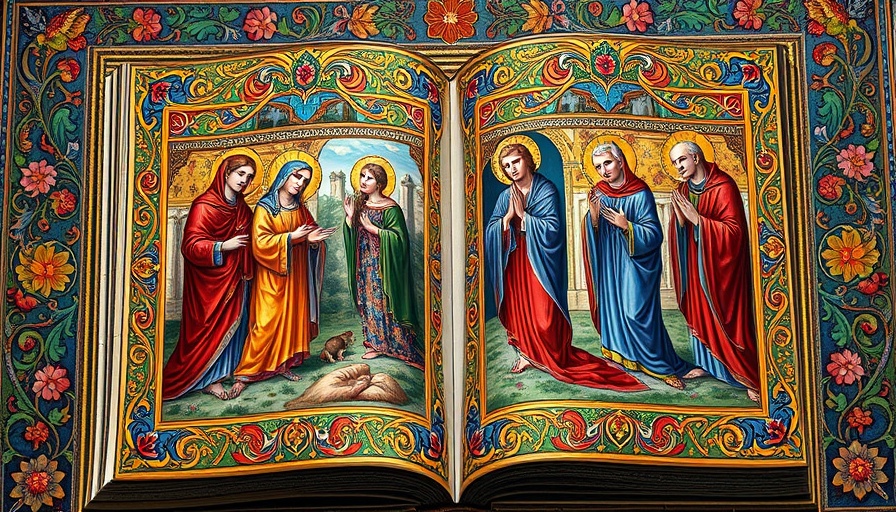
The Getty Museum's Transformative Gift of Rare Manuscripts
In a monumental development for art enthusiasts and historians, the J. Paul Getty Museum has received a remarkable gift of 38 rare manuscript pages from Italian artists, dating back to between the 12th and 17th centuries. This substantial donation, which marks one of the largest additions to the museum’s collection in decades, was made by collectors T. Robert Burke and Katherine States Burke. These pages, primarily sourced from Christian choir books, serve as a vital enhancement to the museum’s medieval and Renaissance archives.
Enhancing the Renaissance Collection
The significance of this donation cannot be overstated. Timothy Potts, the director of the Getty Museum, stated that this gift will almost double the museum’s representation of Italian manuscript pages. It’s not just about quantity; the quality and historical importance of these works substantiate the museum’s status as a leading institution in the understanding and appreciation of medieval art. This transformative gift is expected to reshape how scholars and the public engage with these crucial periods in art history.
Highlighting Notable Artists
Among the pages included in this donation are works by celebrated 14th- and 15th-century Italian artists like Lorenzo Monaco, Don Silvestro dei Gherarducci, and Lippo Vanni. These artists are renowned not only for their manuscript art but also for their altarpieces and frescoes. A standout among the collection is “Initial V: Christ Blessing,” an exquisite piece by Lorenzo Monaco, showcasing Christ encased in the elaborate foliage of a large letter V, splendidly rendered in bright colors and gold, making it the first work by Monaco to enter the Getty’s collection.
The Future of the Collection
The Getty Museum’s plans to exhibit these newly acquired pages in a dedicated exhibition set for summer 2027 exemplify its commitment to public education and access. Additionally, through an online partnership with Google Arts & Culture, high-resolution images of these manuscripts will be made available, allowing global access to these significant works. This aligns with the museum's goal to educate and inspire a wide audience about the rich tapestry of art history.
Historical Context of Manuscript Art
The tradition of manuscript illumination in Italy flourished especially during the Middle Ages and the Renaissance, where artists combined their artistic talents with religious devotion to create remarkable works. Each page represents not only artistic endeavor but also a unique insight into the spiritual and cultural lives of the individuals and communities at that time. Understanding this background is critical for appreciating the values and aesthetics inherent in these manuscripts.
Social Connection: Why Art Matters
In addition to their aesthetic beauty, these manuscripts serve as essential links to the past, allowing us to understand and reflect upon our own cultural narratives. The connection between art and society becomes especially evident in how these works were historically used. Such donations reinvigorate communities, inviting them to engage with their cultural heritage and fostering a shared sense of identity through collective discovery.
Inviting Community Participation
As members of the Bakersfield community, this donation presents a unique opportunity for local residents to deepen their engagement with art and history. Visitors to the Getty Museum or the planned online exhibitions can partake in the discovery of these enriching histories and narratives that influence modern society. This interconnected experience enriches both personal understanding and cultural awareness.
Conclusion: A Call to Experience History
The donation of these rare Italian manuscript pages to the Getty Museum is not just about acquiring art; it encapsulates the spirit of cultural preservation and exploration. Art lovers and history enthusiasts alike are encouraged to visit the Getty Museum or explore its digital offerings. Engage with history firsthand, and be a part of the ongoing narrative that connects us all through art and culture.
 Add Row
Add Row  Add
Add 



Write A Comment